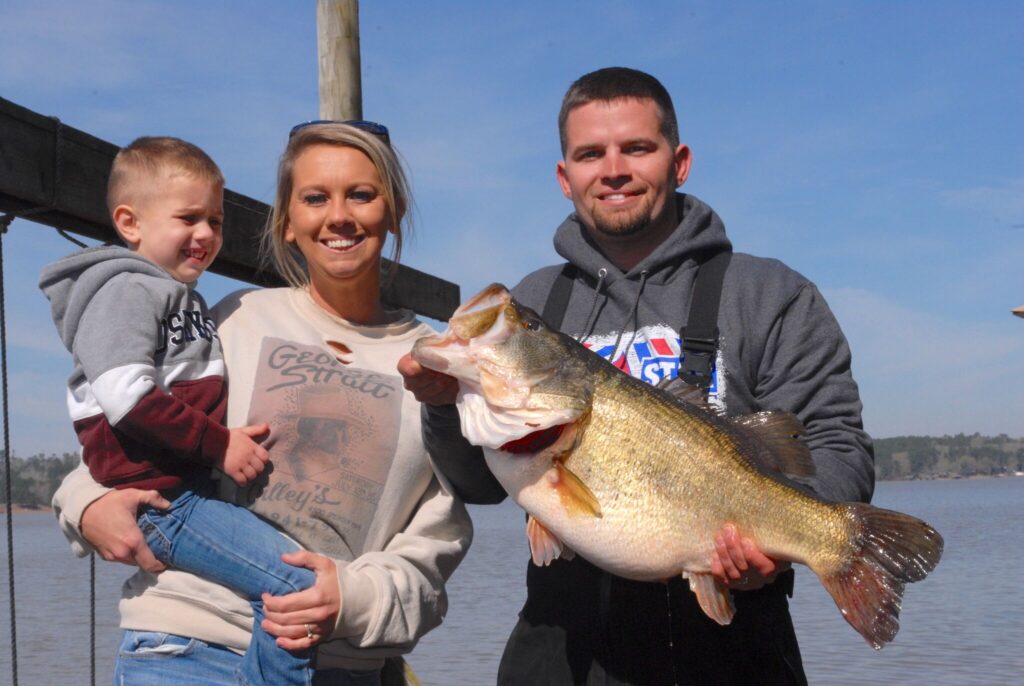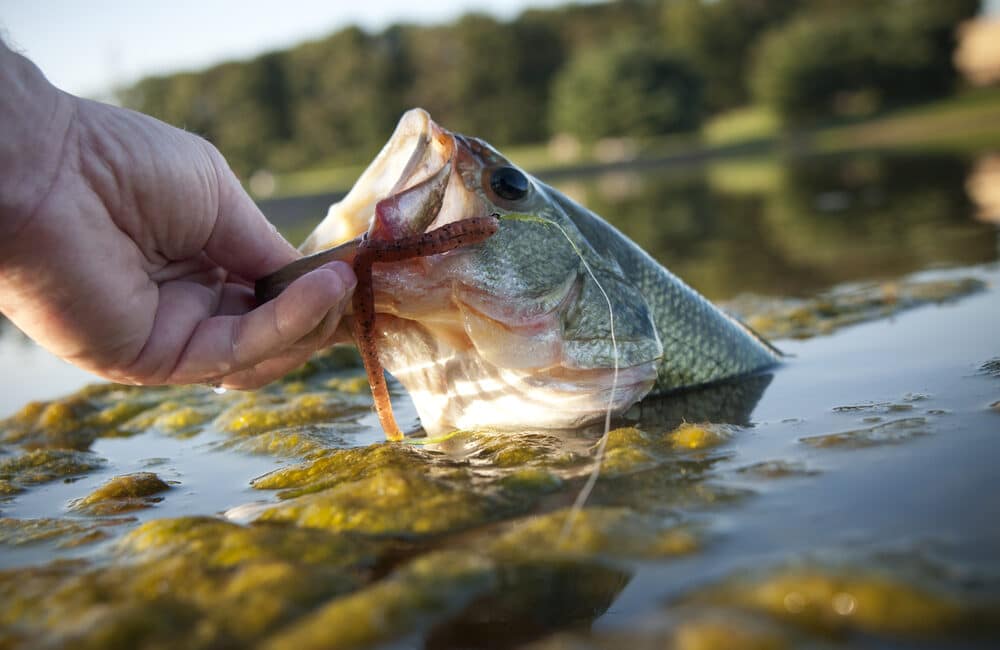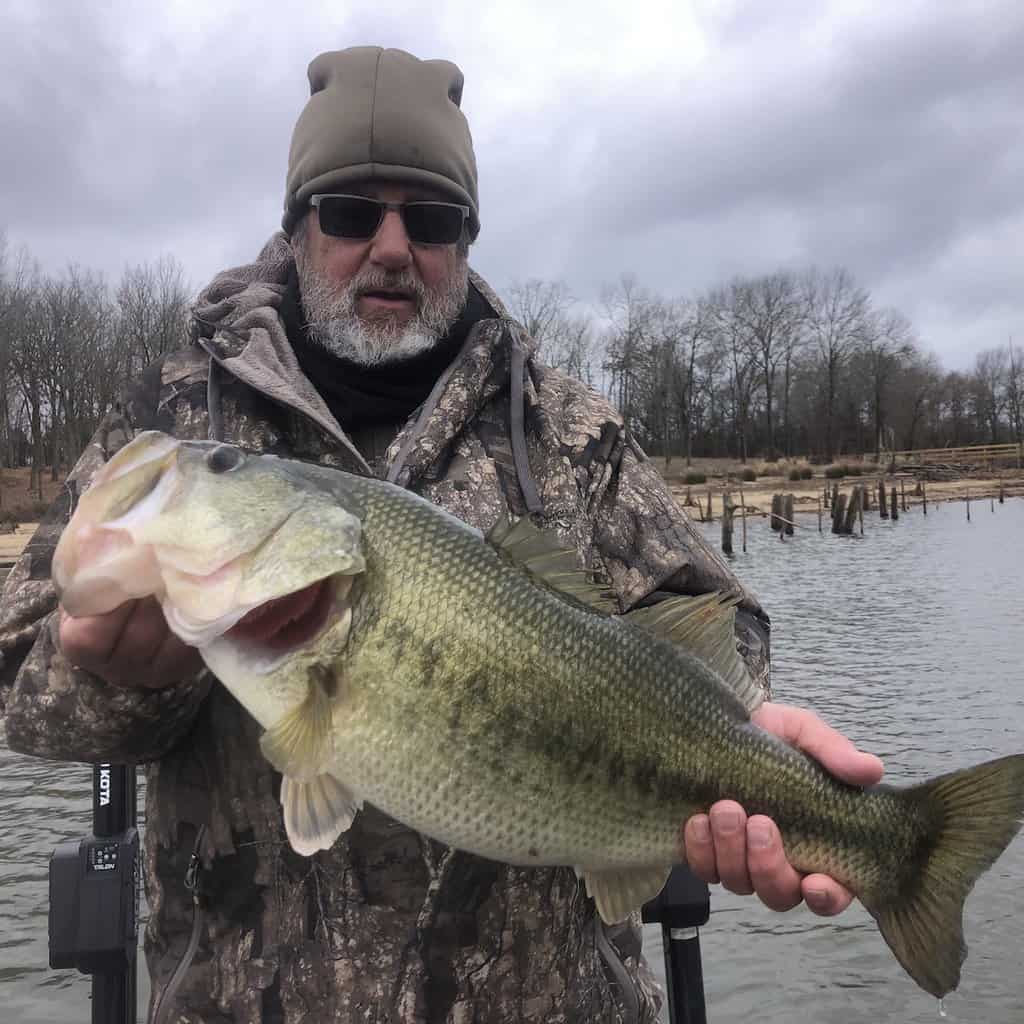The Unique Aspects Of Fall Bass Fishing In Lake Fork

It seems like fishing has been around forever even though the techniques have changed greatly over time. People fish for many different reasons such as for food, fun, and for sport. Bass is one of the top species of fish that many anglers go after. It doesn’t matter why you go fishing the goal is the same, catch as many big bass as possible. To help accomplish the best results it is important to know what factors affect bass fishing and when you can get the best results.
Any experienced angler knows the seasons make a big difference when fishing for bass. Each season has unique qualities that make it different from the other seasons. They each require you to change the techniques you use to get the best results when bass fishing. The two main seasons for bass fishing is the spring and fall. During the spring the bass are getting ready to spawn and they are very active. So what makes fall bass fishing so unique? The best place for bass fishing is Lake Fort.
There are several reasons why fall is a great time to catch bass starting with the fact that the temperature of the water will be cooler. This makes a big difference in the way the bass responds to your bait. The cooler waters provide more oxygen in the water, which normally livens up the bass a bit. When they are more active they will be more likely to take the bait you are offering them.
It is also the time of year that the bass tends to group in schools. This is a good time for the angler because it makes it so much easier to catch more bass in a shorter period. Since the water is cooler everywhere during this time of year the bass can be found in more shallow water so they are easier to locate any time of the day. Another reason fall is a great time of year to fish for bass is that they appear to be very hungry during this time and tend to go after almost anything you throw their way.
Best Techniques
Although the bass tends to chase just about anything the technique you use can still make a difference and help you bring in more bass at the end of the trip. The techniques you use will need to change each season if you want to get the most from all your fishing trips. Some techniques are more suited for fall bass fishing than others. Different techniques will also be needed when falling bass fishing in different areas such as lakes, rivers, and creeks.
Normally, the bass will follow the same path they traveled in the spring so if you are fishing in familiar territory you may have an advantage because you already know what their regular pattern will be. If you are fishing in a new area, then you can start by looking for places where the inlets are located. You will get better results when you use bait that is similar to the foods that are found in the area naturally. So take some time to examine the area before you begin.
Since the bass will go after about anything you throw at them during this season you shouldn’t have any trouble choosing bait but to help you get started here are some of the most popular choices. Top water bait such as minnows, chug bugs, and zara spooks are great choices. Plastic worms, lizards, and crawls along with slower-rolling spinner baits are also great. You may even have some good luck with crankbaits and jig combos as well.

